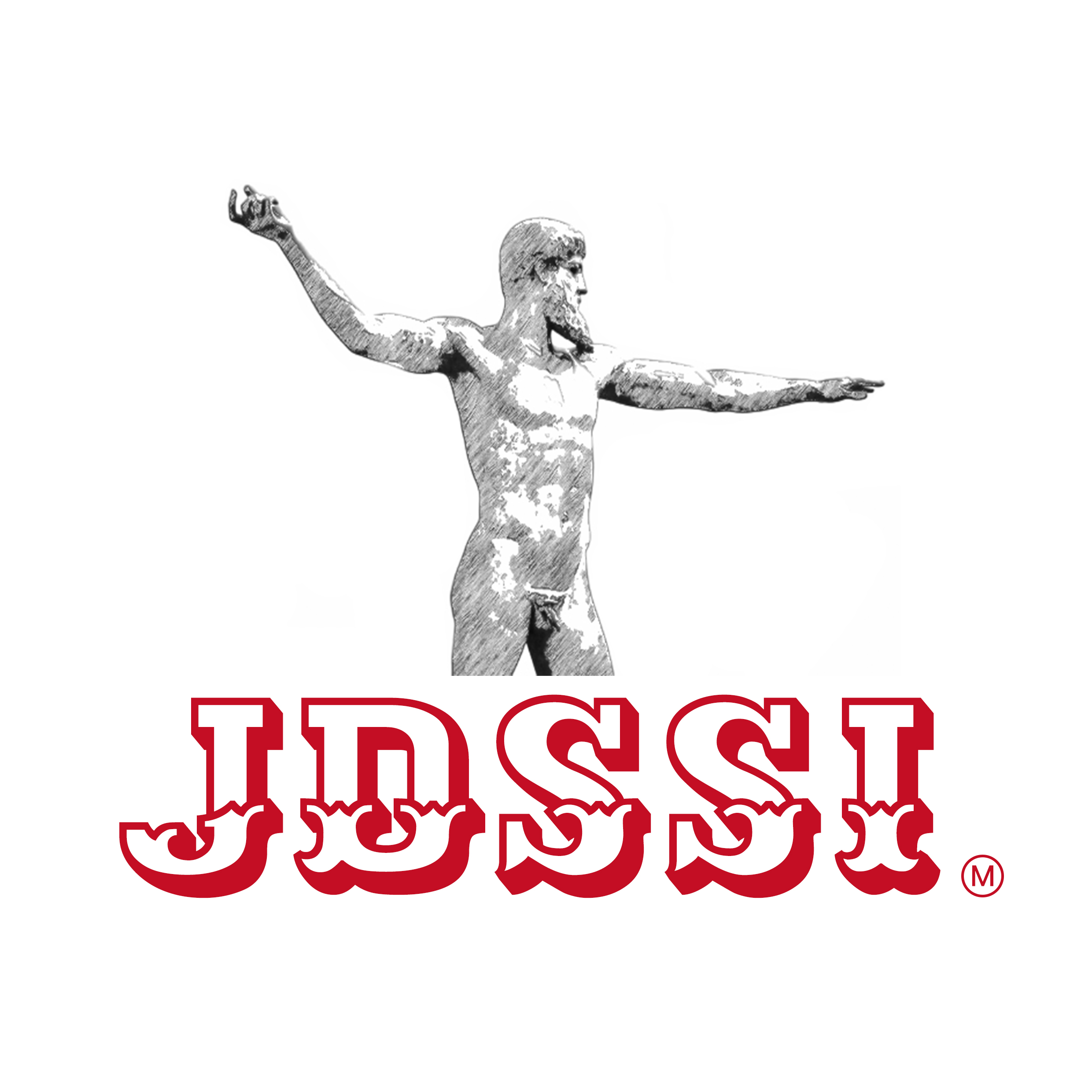Wenbo Ai *
by
Abstract: This paper provides a comprehensive examination of a design philosophy pioneered and institutionalized by the National Institute of Design (NID) in India. It is argued that for a nation as complex and multifaceted as India, a successful design methodology must be inherently linked to its distinct cultural heritage, economic realities, and foundational ethical principles. The analysis begins by exploring the profound influence of Gandhian philosophy—particularly its tenets of simplicity, self-reliance (swadeshi), and decentralized “production by the masses”—on this design framework. The paper then systematically delineates the core pillars of Societal Design: the promotion of indigenous innovation, the application of frugal engineering principles, and the strategic empowerment of micro, small, and medium enterprises (MSMEs) and the traditional crafts sector. By analysing NID’s role as a trans-disciplinary Centre of Excellence, this research demonstrates how Societal Design transcends conventional commercial objectives, positioning itself as a potent and people-centric catalyst for inclusive growth and sustainable national development.
Shashank Mehta *
by
by
Dominika Sobolewska *
Abstract: This paper examines Community Data Empowerment (CDE) as a framework for supporting marginalized slum communities to use data in ways that drive locally led problem-solving and innovation. While open data initiatives often fail to reach or empower low-income neighborhoods due to resource barriers and technical complexity, many marginalized slum communities are in fact digitally connected and eager for relevant, actionable information. Focusing on the Campana-Altamira community in northern Mexico, this study uses workshops and school-based activities with teenagers to explore motivational patterns through participatory behavioral profiling and speculative mapping. Students’ short essays about role models were analyzed using thematic coding and automated tools such as Apply Magic Sauce and Large Language Models Artificial Intelligence (ChatGPT), revealing diverse motivational archetypes including Achievers, Competitors, Socializers, and Explorers. Rather than treating these profiles as fixed categories, the study uses them as design heuristics for tailoring data communication strategies that align with local values and preferences. This includes developing narrative, visual, and interactive formats that make data more engaging, relatable, and actionable.
The findings suggest that effective CDE requires more than attractive visuals or technical dashboards. It demands participatory, context-sensitive design that respects local motivations, provides clear pathways to act, and offers incentives for collective problem-solving. By centering community voices and creating tools that invite meaningful engagement, CDE can help seed grassroots innovation, strengthen local governance, and empower residents as agents of change.
by
Savira Aristi *, Hisa Martinez Nimi , Juan Carlos Chacon Quintero , Alejandro Martinez Baca , Kenta Ono




